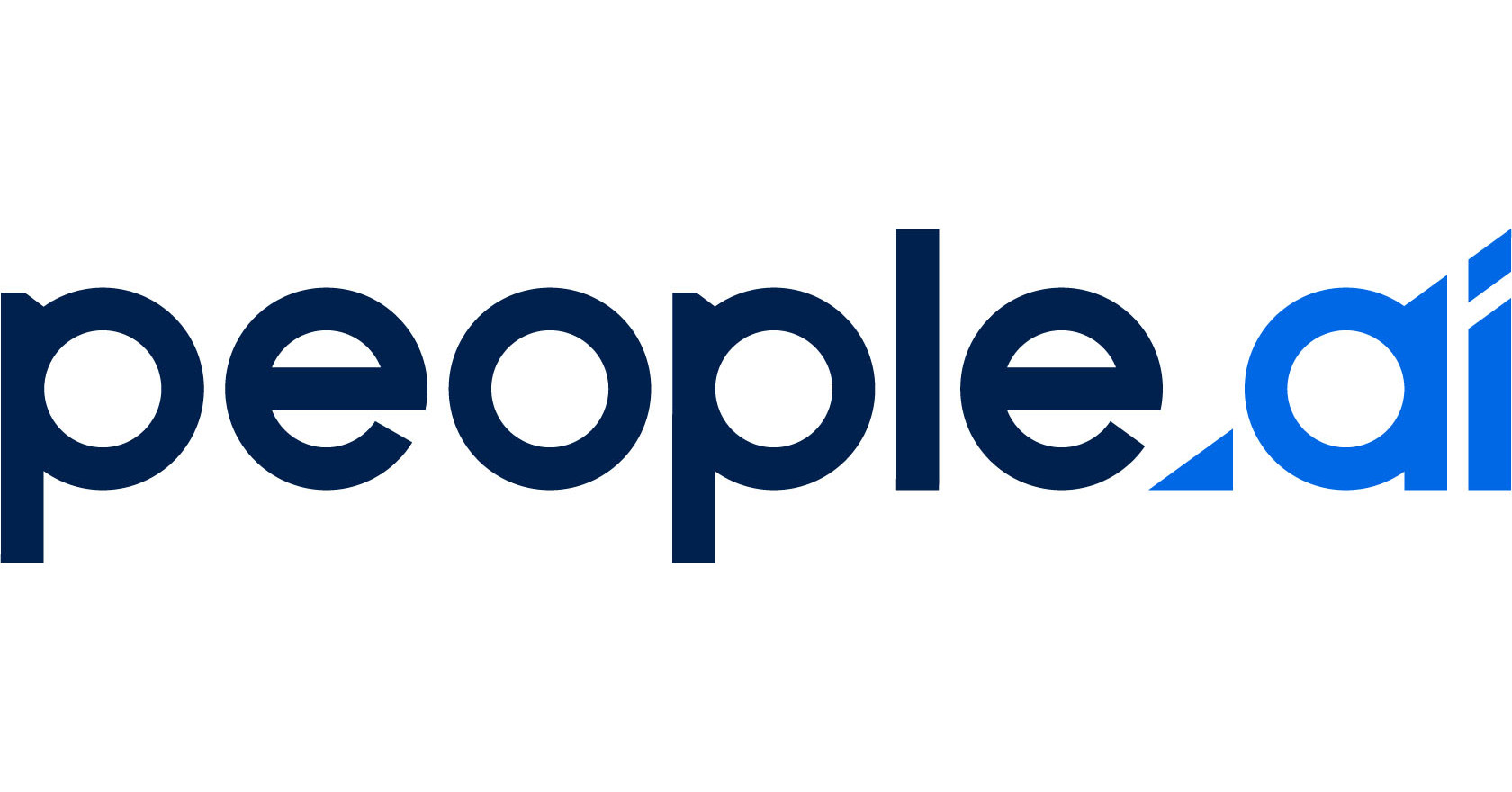
Salesgroup.ai: Complete Buyer's Guide
Enterprise-focused AI returns management platform
Salesgroup.ai is an enterprise-focused AI returns management platform that positions itself as a predictive analytics solution for reducing return rates and optimizing revenue retention in ecommerce operations.
Market Position & Maturity
Market Standing
Salesgroup.ai operates in the premium enterprise segment of the AI returns management market, positioning itself against established players like Optoro, Narvar, and Loop Returns through differentiated predictive analytics capabilities[50][53][69][84].
Company Maturity
The vendor's pricing structure and enterprise focus suggest operational maturity, with custom contracts starting at $120k annually and dedicated support infrastructure[71][73][80].
Industry Recognition
Available documentation lacks clear evidence of industry awards, analyst recognition, or third-party validation, though this may reflect documentation accessibility challenges rather than absence of recognition[Multiple citations suggest limited verifiable third-party validation].
Longevity Assessment
The vendor's enterprise focus and substantial contract values suggest financial stability, though limited transparency regarding funding status, revenue growth, or strategic partnerships creates uncertainty for long-term vendor relationship planning[Multiple sources suggest limited publicly available business information].
Proof of Capabilities
Customer Evidence
Salesgroup.ai demonstrates capabilities through documented implementations across multiple verticals, with cosmetics brand Topicals serving as a primary case study showing $5,000 monthly savings through AI-driven exchange prioritization and 40% revenue retention improvement over traditional refund processes[53][84].
Quantified Outcomes
The platform reports measurable results including 18-25% return rate reduction through predictive analytics, 52% higher fraud identification rates compared to rule-based systems, and 37% higher exchange rates through AI-driven incentive engines[50][53][56][84].
Case Study Analysis
SMB fashion retailers report 50% faster processing times and 30% cost reductions within six months of deployment, while enterprise implementations demonstrate $1.36 ROI per dollar invested in returns management[62][68][78][84].
Market Validation
The platform's customer base composition of 70% apparel and electronics retailers with 15% cosmetics brands indicates market validation within high-return-rate industries[84].
Competitive Wins
Case studies suggest wins against traditional returns management approaches, with customers reporting significant improvements over manual processes and rule-based systems[50][53][56].
Reference Customers
Enterprise customers include cosmetics brand Topicals and SMB fashion retailers, indicating proven capabilities in high-return-rate industries[53][84].
AI Technology
Salesgroup.ai's technical foundation centers on machine learning algorithms applied across three core functions: predictive analytics for return prevention, automated fraud detection, and dynamic exchange optimization[50][53].
Architecture
The platform's AI architecture requires substantial data infrastructure, with >50,000 historical returns serving as the minimum threshold for effective pattern recognition and fraud detection capabilities[50][52][59].
Primary Competitors
Optoro, Narvar, Loop Returns
Competitive Advantages
Salesgroup.ai's claimed 52% improvement in fraud detection over rule-based systems and 37% higher exchange rates through AI-driven incentives represent key differentiators[50][53][56][84].
Market Positioning
Salesgroup.ai positions as the premium AI-first solution for enterprise retailers prioritizing revenue retention over operational efficiency, competing on predictive capabilities rather than processing speed or logistics infrastructure[50][53][84].
Win/Loss Scenarios
The vendor likely wins against rule-based competitors in fraud-heavy environments and high-return-rate industries like fashion/apparel, while potentially losing to logistics-focused solutions for retailers prioritizing cross-border efficiency or physical infrastructure requirements[Multiple competitive positioning references].
Key Features
Pros & Cons
Use Cases
Integrations
Pricing
Featured In Articles
Comprehensive analysis of Returns Management for Ecommerce for Ecommerce businesses and online retailers. Expert evaluation of features, pricing, and implementation.
How We Researched This Guide
About This Guide: This comprehensive analysis is based on extensive competitive intelligence and real-world implementation data from leading AI vendors. StayModern updates this guide quarterly to reflect market developments and vendor performance changes.
139+ verified sources per analysis including official documentation, customer reviews, analyst reports, and industry publications.
- • Vendor documentation & whitepapers
- • Customer testimonials & case studies
- • Third-party analyst assessments
- • Industry benchmarking reports
Standardized assessment framework across 8 key dimensions for objective comparison.
- • Technology capabilities & architecture
- • Market position & customer evidence
- • Implementation experience & support
- • Pricing value & competitive position
Research is refreshed every 90 days to capture market changes and new vendor capabilities.
- • New product releases & features
- • Market positioning changes
- • Customer feedback integration
- • Competitive landscape shifts
Every claim is source-linked with direct citations to original materials for verification.
- • Clickable citation links
- • Original source attribution
- • Date stamps for currency
- • Quality score validation
Analysis follows systematic research protocols with consistent evaluation frameworks.
- • Standardized assessment criteria
- • Multi-source verification process
- • Consistent evaluation methodology
- • Quality assurance protocols
Buyer-focused analysis with transparent methodology and factual accuracy commitment.
- • Objective comparative analysis
- • Transparent research methodology
- • Factual accuracy commitment
- • Continuous quality improvement
Quality Commitment: If you find any inaccuracies in our analysis on this page, please contact us at research@staymodern.ai. We're committed to maintaining the highest standards of research integrity and will investigate and correct any issues promptly.